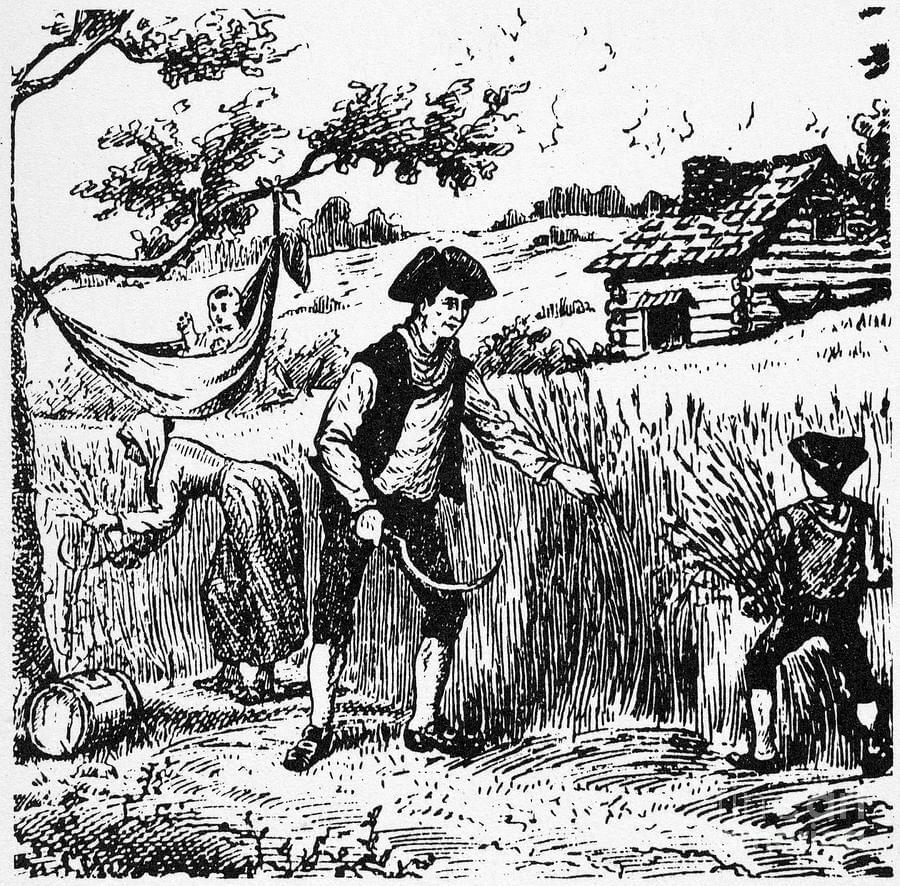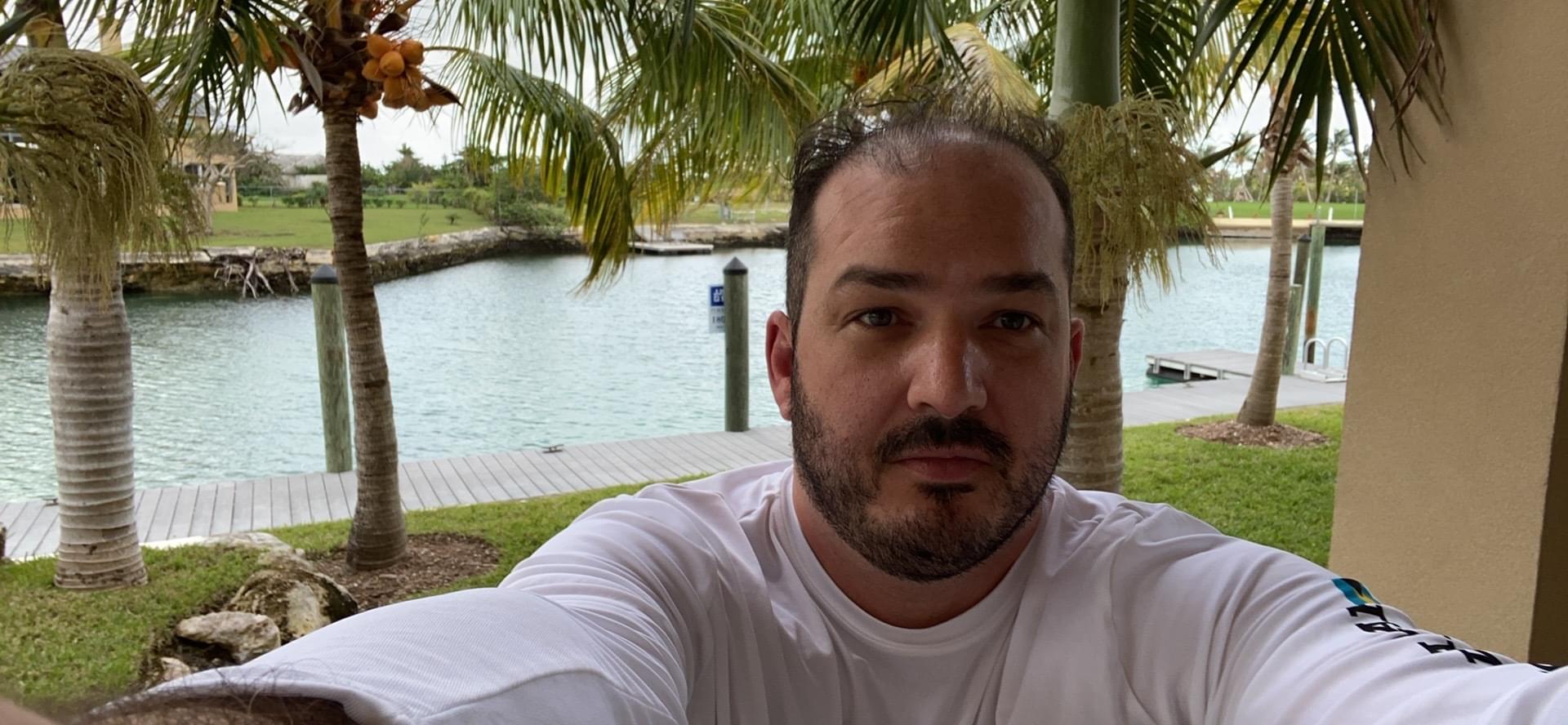For the last hundred years, the United States has had a love/hate relationship with cannabis. From the beginning on the 20th century, both state a federal governing bodies took it upon themselves to slowly refine the status on hemp and THC products. From doing my own research, I’ve to learn that hemp and cannabis has played a pivotal role in the formative stages of the United States.
In the early 1600’s, King James of England dictated that the American Colonies would be increasing its hemp production for the purpose of strengthening the economy of the British Empire. Many of the existing plantations planted hundreds of plants per year. Many prominent politicians, including George Washington, had large prominent hemp cultivating operations. While cannabis was smoked, its main purpose for production was for fabric and rope.
During the 1800s, The United States government began creating laws regarding the sale of pharmaceuticals. Many of these regulations were administered by the state; though there were also examples of federal legislation. Much of these laws helped to initially define non-approved chemicals to be considered poison. One of the beneficial aspects of these laws were that, for the first time, products needed to show their ingredients for the sake of the consumer. It was said that many of these laws were not created with the primary purpose of regulating cannabis. However, because cannabis holds many of the qualities that one could expect from drugs, cannabis was often mentioned in the legislation that came out during this time period.
At the turn on the century, the Pure Food and Drug Act was passed that required specified drugs to have their contents accurately labeled. Cannabis is one of the drugs mentioned in this bill as required for ingredient labeling. More laws followed in which cannabis is repeatedly mentioned as a habit forming drug, keeping it on the radar for drugs that required regulation. “Poison” is often the term use to classify cannabis as I defines. The Marijuana Tax Act of 1937 made possession and transfer of marijuana illegal. Other laws came out discussing minimum sentencing guidelines.
Today, cannabis is federally classified as a Schedule 1 narcotic, which puts it in the same category as Heroine and Cocaine. However, state regulations have been going against the federal guidelines. Some states are allowing marijuana both for medicinal purposes but also recreational use. While these laws are merely on the state level, experts believe that cannabis will become federally decriminalized in the next 10 years. Legislation is also becoming more lenient for non violent offenses that involve solely marijuana and not other Schedule 1 drugs.
After taking the time to learn about how the impact that cannabis has had in our country’s history, I’m amazed that cannabis has had such a vital impact on our country’s economy. However, we have spent the last hundred years making many pieces of legislation limiting how and where we can use it. I’m inclined to ask if each one of these bills was or is effecting for the sake of our country as well as our citizens.



